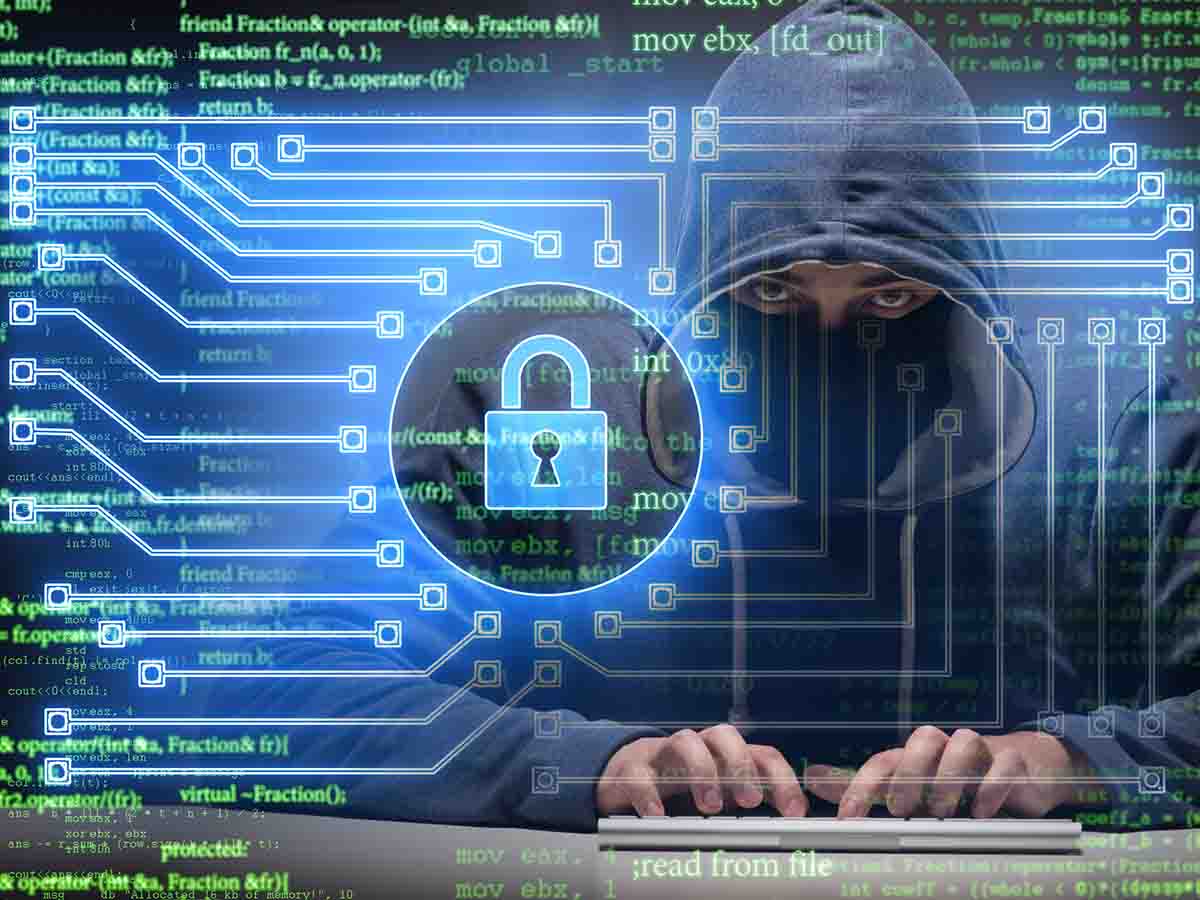A packet is a small amount of data sent over a network, such as the internet. It carries information from the source computer to the destination. The packet includes not only the data being transferred but also details about this data, like where it’s coming from and going to.
Packet Examples
1. Email Example
An email is a classic example of how packets work in data transmission. When you send a mail, it doesn’t go as a single entity. Instead, the message is broken down into multiple small pieces called packets. Each packet contains a small part of your message, as well as additional information about where it’s coming from and where it’s going to.

Stay One Step Ahead of Cyber Threats
These packets get sent through the network, following the most suitable routes available, which may not necessarily be the same for all packets. They navigate numerous switches, routers, and servers to reach their destination, which is the recipient’s email server.
Once they reach the recipient’s email server, it uses the information within each packet to reassemble the whole message. This process happens so quickly that both the sender and receiver are unaware of this complex process happening behind the scenes.
2. Streaming Video Example
When it comes to streaming videos online, packets play an essential role. Suppose you’re watching a movie on a streaming platform, like Netflix. The movie file is quite sizeable, so it doesn’t get sent to your device as one massive chunk of data. Instead, it’s broken down into small units of information – these are the packets.
Each packet holds a piece of the video data along with necessary info on where it came from and where it’s going. This division makes it easier to send the video over the network, managing any potential data congestion and ensuring smooth streaming.
Once the packets reach your device, they’re recompiled into the video file you see on your screen. This combination of splitting, sending, receiving, and reassembling takes place so efficiently that the video playback appears seamless, with no indication of the complex processes running in the background.
3. Web Browsing Example
While engaging in a simple internet-based activity such as web browsing, data packets are continuously working behind the scenes. Whenever you click a link or type in a web address, your device sends a request to the website’s server in the form of data packets.
Each of these packets comprises the necessary information, such as your request and the details of where the response should be sent. Navigating through various routes, the packets reach the website’s server. Upon receiving your request, the server prepares the appropriate response, which could be a web page or any other requested information.
This response too is broken down into packets and sent back to your device. Once your device receives these packets, it uses the information within them to assemble the response, displaying the web page or information you requested. This packet transmission happens almost instantly to make your web browsing experience smooth and uninterrupted.
Conclusion
In essence, packets act as the fundamental building blocks of data transmission over networks, powering everything from sending emails to streaming videos, web browsing, and more. It’s the efficiency and speed of this packet-based data communication that ensures we enjoy seamless, uninterrupted digital experiences.
Key Takeaways
- Data packets play a crucial role in sending and receiving data over networks including the internet.
- Every interaction online, from sending emails to streaming videos and browsing websites, involves the breaking down of data into packets, transmitting them, and reassembling them at the destination.
- The speed and efficiency of data packet transmission and reassembly ensure seamless and uninterrupted digital experiences.
Related Questions
1. How are data packets created?
Data packets are created by breaking down a larger set of data into smaller units. Each packet is made up of both the actual data and metadata which includes information such as the source, destination, and order of the data.
2. What happens when a data packet is lost during transmission?
If a packet is lost during transmission, it’s usually retransmitted. This is governed by protocols like the Transmission Control Protocol (TCP), which ensure reliable data transmission by detecting lost packets and arranging for their retransmission.
3. What is packet switching in a network?
Packet switching is a method of transferring data where the data is broken down into packets before being transported. Each packet can travel separately across the network and may take separate paths to reach the destination where they are reassembled.
4. What is the role of a router in data packets transmission?
A router functions as a distributor and guide for data packets. It receives incoming packets and directs them toward their final destination based on the packets’ destination address and the router’s understanding of the most efficient path.
5. How does packet size affect data transmission?
The size of data packets can affect the speed and efficiency of data transmission. Large packets may offer more efficient data transmission since there’s less overhead. However, they may also be more likely to encounter errors during transmission and may monopolize network resources, causing potential delays for other packets.
"Amateurs hack systems, professionals hack people."
-- Bruce Schneier, a renown computer security professional






